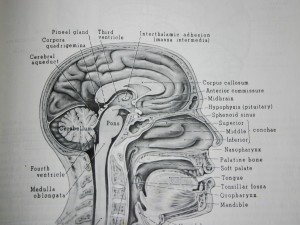 The most common type of personal injury case is a road traffic accident, but did you know the term personal injury also includes medical and dental accidents? Depending on the intent or negligence of the responsible party, the injured party may be entitled to monetary compensation through settlement.
The most common type of personal injury case is a road traffic accident, but did you know the term personal injury also includes medical and dental accidents? Depending on the intent or negligence of the responsible party, the injured party may be entitled to monetary compensation through settlement.
General damages may be emotional stress or pain and suffering whereas special damages are measurable costs which can be itemized. These may include medical bills, property damages and lost wages. Injuries sustained may last a lifetime and in some cases result in an inability to do one’s job.
Personal injury is usually covered by liability insurance, aka “auto insurance”. The term “personal injury” does not mean bodily injury damages but instead refers to mental injury damages. However, personal injury protection (PIP) does cover medical expenses from bodily injury. PIP is designed to be paid without regard to fault.
The Cunnane Law Office has provided this content for informational purposes only. You should refer your questions to a personal injury attorney.
www.cunnanelaw.com









